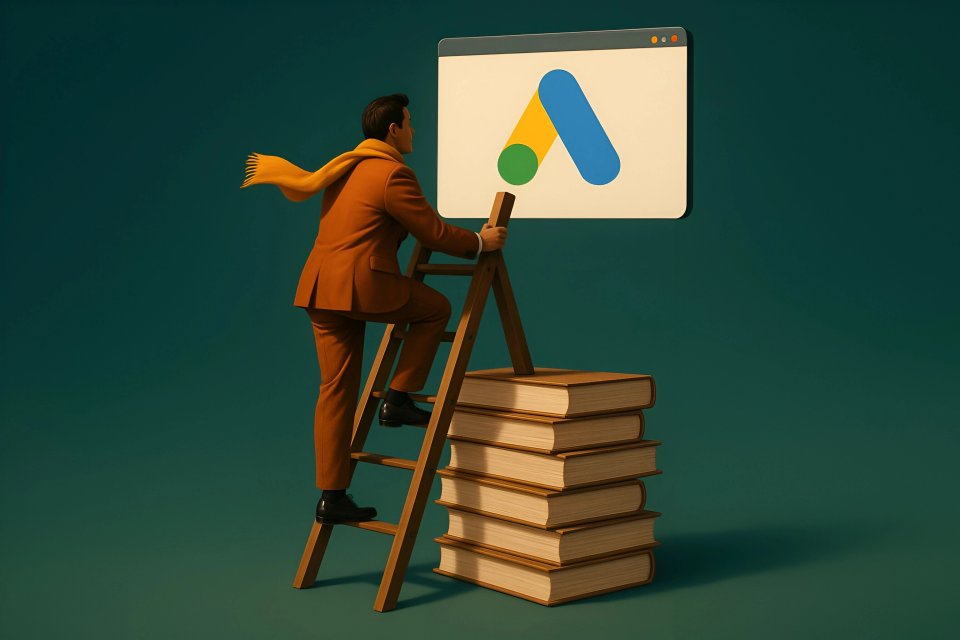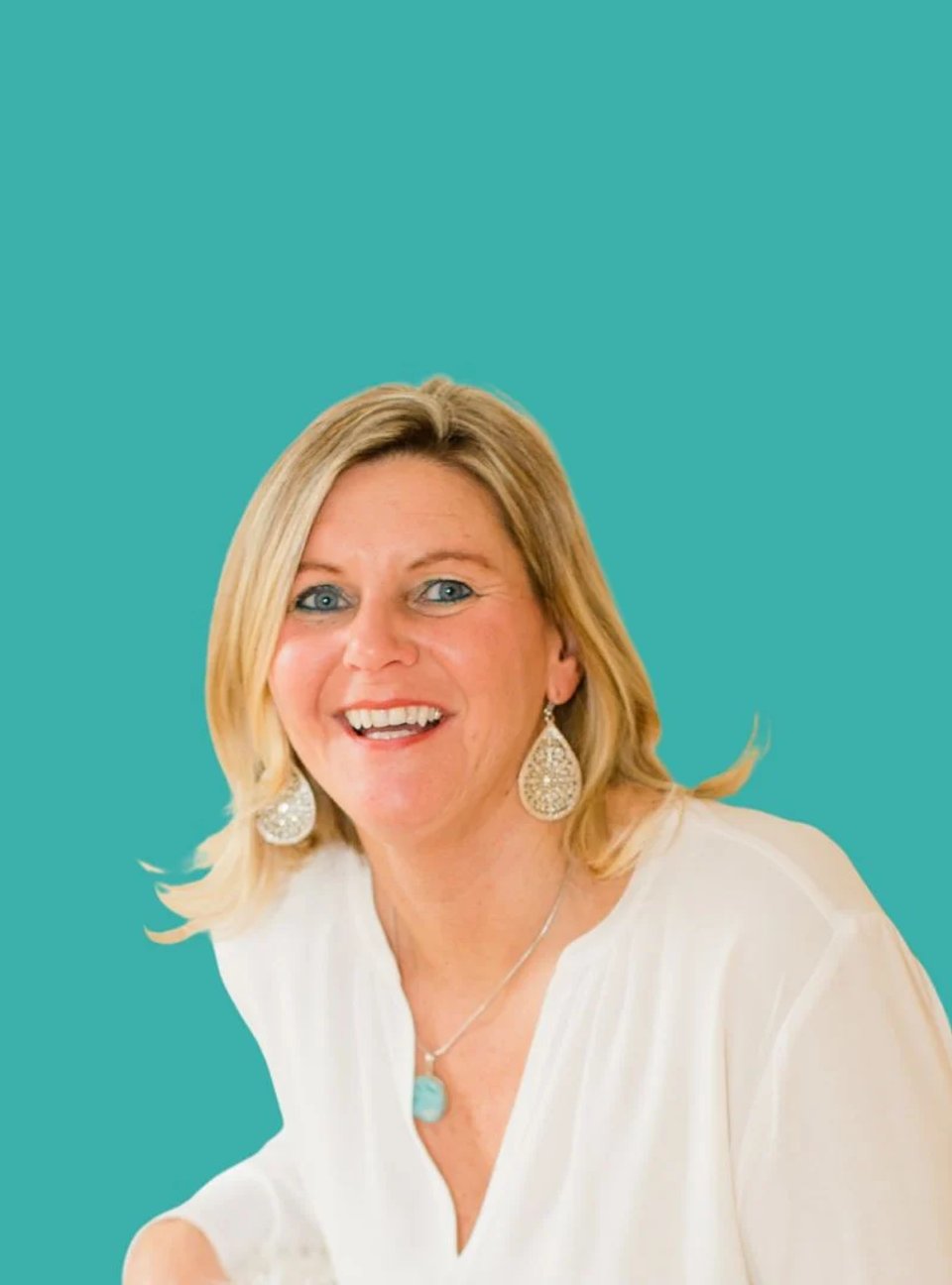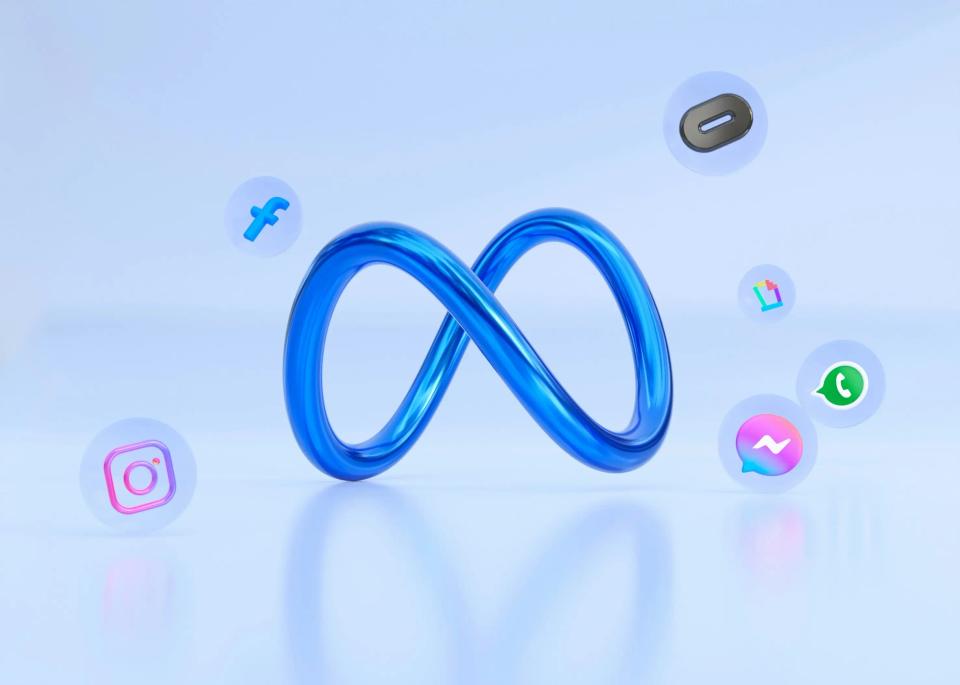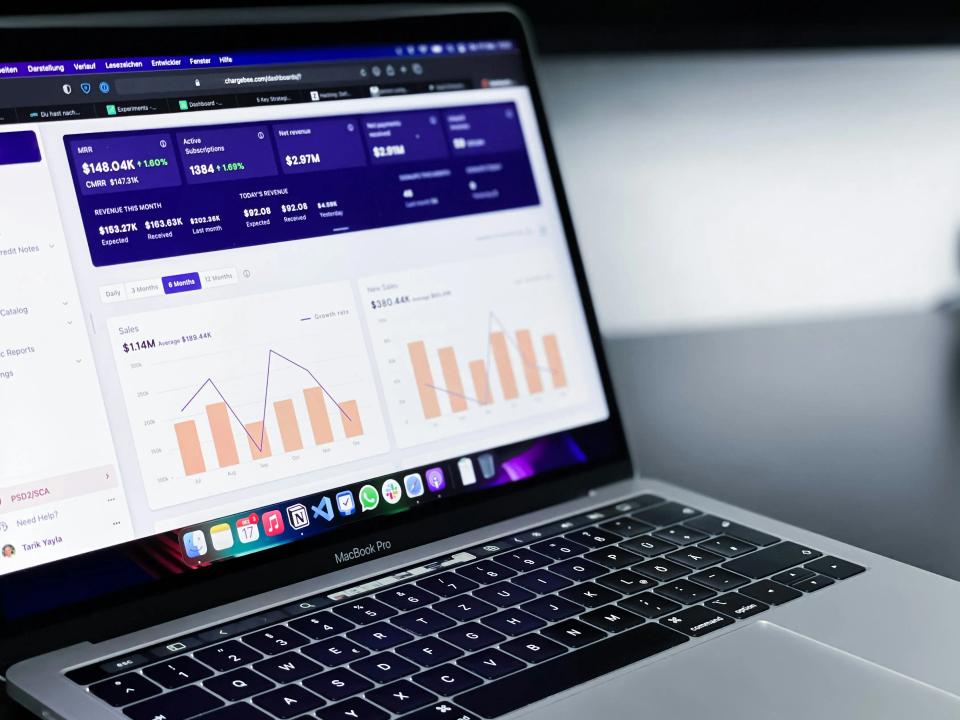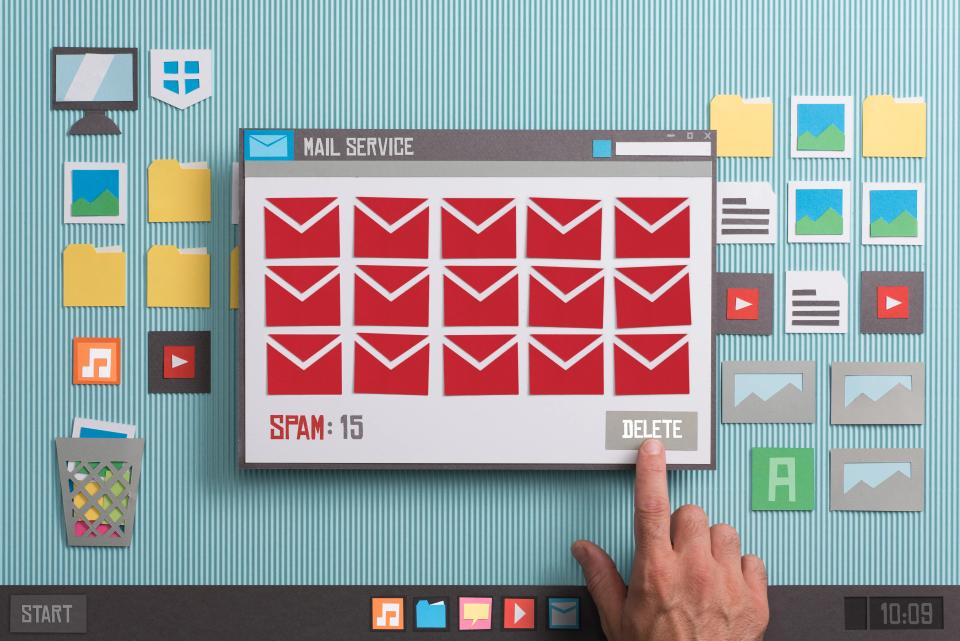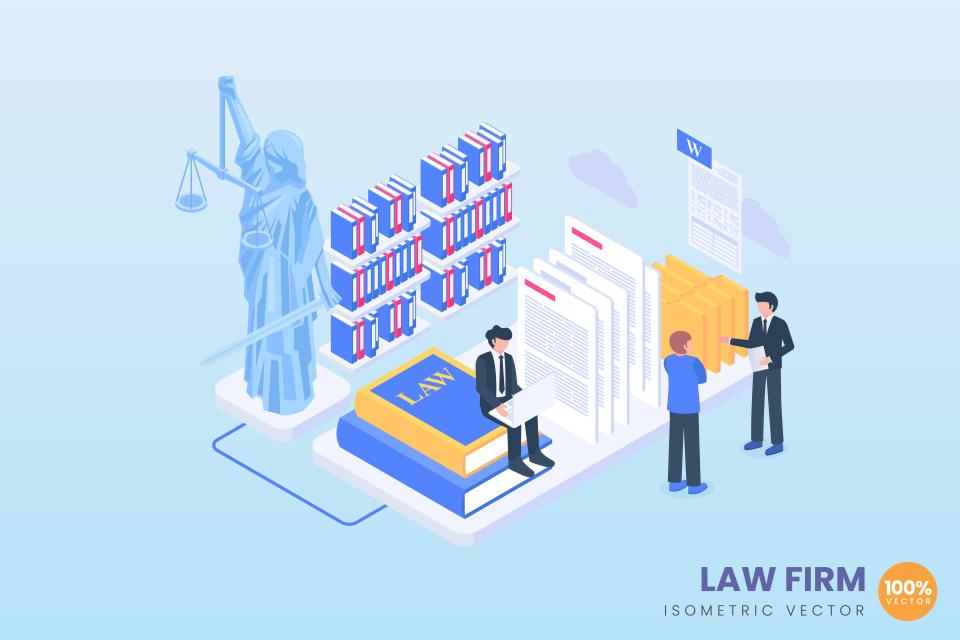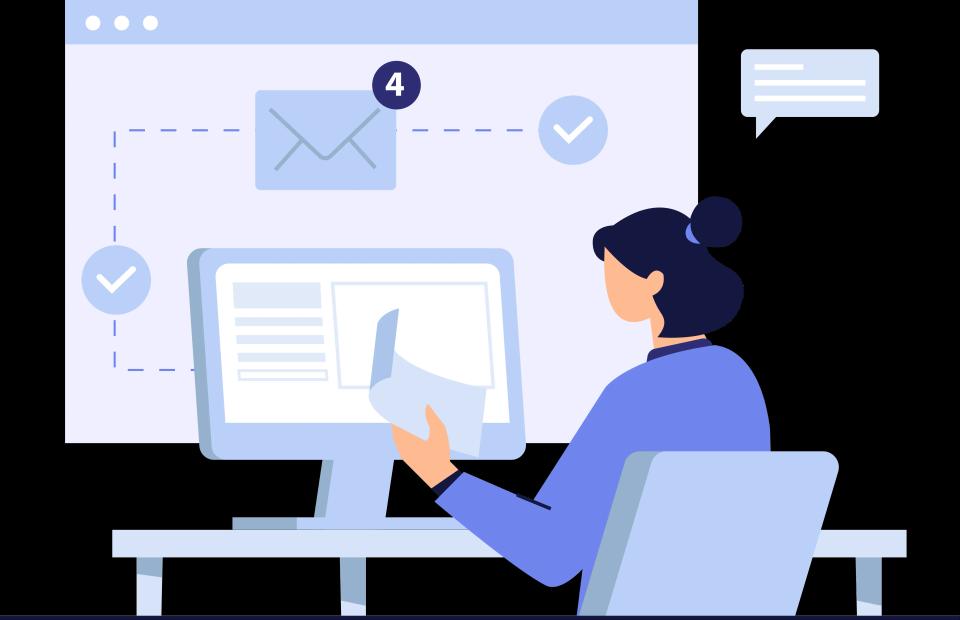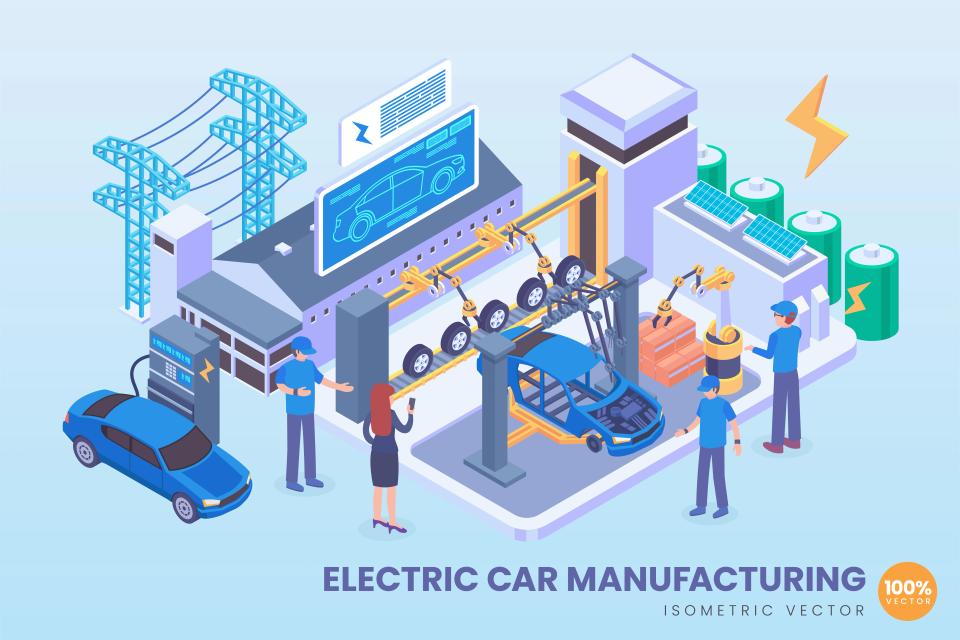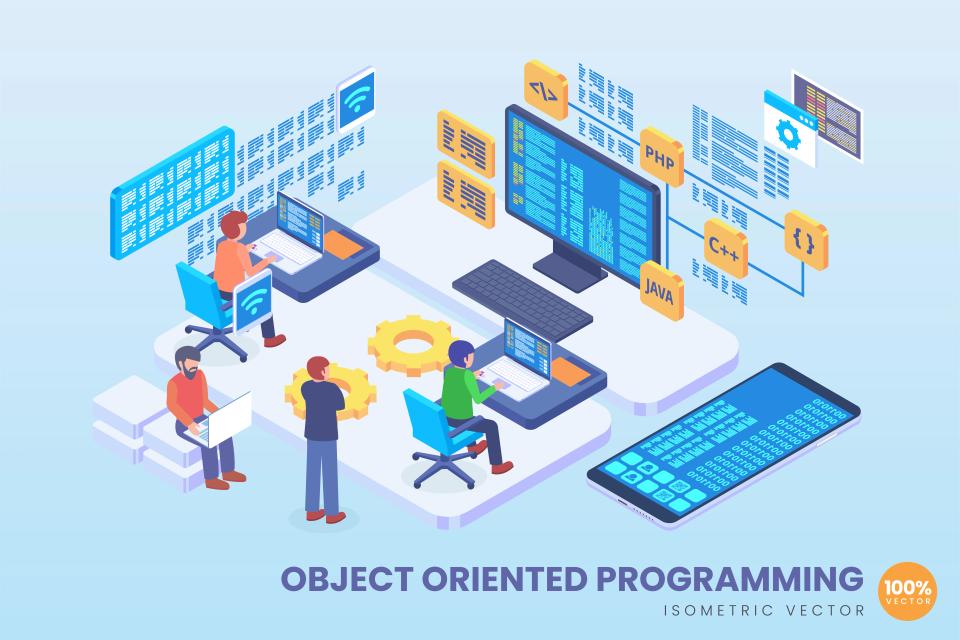Is your coaching calendar looking a little too open? You're a fantastic coach, a true catalyst, transforming businesses and lives with your wisdom. But here's the kicker: how do you reach more of the clients who desperately need your expertise, the ones actively searching for a guide like you?
Traditional networking and hoping for organic reach can feel like shouting into the wind when you're ready to truly scale. It’s frustrating, isn't it? You have the power to change businesses, but finding enough of the right businesses feels like a constant uphill battle. But what if there was a direct line to prospects already raising their hands, saying, "I need a business coach!"?
That's where Google Ads storms onto the scene. Forget chasing; it's time to attract. In this guide, we'll break down exactly how business coaches and mentors can leverage the immense power of Google Ads to scale their practice, attract a flood of high-quality leads, and finally fill that client roster. With over 15 years in strategic marketing, we at CaptivateClick have seen firsthand how targeted Search Engine Marketing (SEM) can be an absolute game-changer, and we're here to show you the way.
Why Google Ads is a Game-Changer for Business Coaches & Mentors
You're ready to make a bigger impact, right? To stop trading hours for dollars in a way that feels limiting? Google Ads isn't just another advertising platform; it's a strategic weapon for coaches who are serious about growth.
The Power of Intent: Reaching Clients When They're Actively Searching
Imagine this: someone types "business coach for struggling startups" into Google. That’s not a casual browse; that’s a cry for help, a clear signal of intent. Google Ads allows you to place your coaching services directly in front of these individuals at the exact moment they're looking for solutions. According to Google, businesses make an average of $2 in revenue for every $1 they spend on Google Ads (Note: While this is a general Google stat, specific ROI can vary).
This is worlds apart from passive marketing, where you hope your message lands on someone interested. With Google Ads, you're tapping into existing demand, connecting with prospects who are already halfway to saying "yes." This high-intent targeting means your marketing dollars work harder, attracting clients who are not just curious, but actively seeking the transformation you offer.
Precision Targeting: Finding Your Ideal Coaching Niche
Tired of attracting clients who aren't quite the right fit? Google Ads offers incredible precision. You can target potential clients based on their demographics, the specific geographic areas they're in, and even their online behaviors and interests, ensuring you connect with your ideal coaching niche. For instance, you can target executives in a specific city or entrepreneurs interested in SaaS growth strategies, as detailed in guides on effective ad targeting options.
This means no more wasted ad spend on audiences who will never convert. Whether you specialize in leadership development for corporate teams or mindset coaching for solo entrepreneurs, Google Ads helps you zero in. This level of specificity ensures your message resonates deeply, making your ads feel less like an interruption and more like an answer to a prayer.
Measurable Results & ROI: Know What's Working
Ever throw money at advertising and wonder if it actually did anything? Those days are over. Google Ads provides crystal-clear, measurable results, allowing you to track every click, every lead, and every dollar spent. You'll know exactly which keywords are bringing in clients and which ads are compelling them to take action.
You can meticulously track conversions, such as how many people booked a discovery call or downloaded your free guide, directly attributing these successes to your ad campaigns. This data-driven approach, as highlighted in resources about analyzing Google Ads performance, empowers you to make informed decisions, optimize your campaigns for maximum return on investment (ROI), and confidently invest in what works. It’s about making every penny count towards your growth.
Scalability: Grow Your Reach as Your Practice Grows
Dreaming of expanding your coaching empire? Google Ads is built for scalability. You can start with a modest budget, test the waters, and then, as you see positive results and your practice grows, you can easily increase your ad spend to reach an even wider audience.
This flexibility means Google Ads can grow with you, whether you're a solo coach looking to fill a few extra slots or a growing agency aiming for market domination. As your revenue increases, you can reinvest in your campaigns, creating a powerful cycle of growth. This adaptability makes Google Ads a sustainable engine for long-term client acquisition, allowing you to stretch your Google Ads budget effectively as you scale.
Laying the Groundwork: Essential Pre-Campaign Steps
Jumping into Google Ads without a plan is like setting sail without a map – you’ll drift aimlessly and waste precious resources. Before you even think about writing an ad, there's crucial groundwork to be done. Get this right, and you're halfway to a client-generating machine.
Defining Your Ideal Coaching Client (Your "Avatar")
Who, exactly, are you trying to reach? If you say "everyone," you'll reach no one. Defining your ideal coaching client, your "avatar," is the bedrock of any successful Google Ads campaign. This clarity is fundamental to a strong brand strategy and ensures your messaging hits home.
Ask yourself: What are their biggest business challenges? Are they drowning in operational chaos, or are they struggling with leadership? What are their deepest aspirations – financial freedom, industry recognition, a better work-life balance? What specific type of coaching are they looking for (e.g., startup coaching, executive leadership, sales performance)? Knowing this helps you choose the right keywords and craft ad copy that speaks directly to their soul. In fact, businesses that deeply understand their audience segments can see significantly higher engagement rates.
Keyword Research: The Language of Your Potential Clients
Once you know who you're targeting, you need to figure out what they're typing into Google. This is where keyword research comes in – it’s about understanding the exact language your potential clients use when searching for help. This process is a core component of effective Search Engine Marketing (SEM).
Identifying High-Intent Keywords
You're looking for phrases that scream "I need a coach NOW!" Think beyond generic terms. High-intent keywords might include "business coach for women entrepreneurs," "executive mentor in [Your City]," "how to scale my e-commerce business," or "leadership coaching programs for new managers." Don't forget long-tail keywords (longer, more specific phrases); they often have lower competition and attract highly qualified leads. For instance, "best business coach for service-based small businesses" is far more targeted than just "business coach." Utilizing tools like Google's Keyword Planner, as suggested in their guide to setting up Google Ads, can uncover these gems.
Understanding Negative Keywords
Just as important as knowing which keywords to target is knowing which ones to avoid. Negative keywords are terms for which you don't want your ads to show. This is vital to prevent wasted ad spend on irrelevant clicks. For example, if you offer paid coaching, you'll want to add "free," "jobs," "certification," or "salary" to your negative keyword list. According to insights from SearchNurture on negative keywords, a well-managed negative keyword list can significantly improve campaign ROI by filtering out unqualified traffic.
Crafting a Compelling Offer & High-Converting Landing Page
So, someone clicks your ad. Victory? Not yet. Where do they land? What irresistible offer will make them take the next step? Sending ad traffic to your generic homepage is a recipe for disaster and low conversion rates.
You need a dedicated landing page, meticulously designed for one purpose: conversion. This page should feature a crystal-clear headline that echoes the promise of your ad, benefit-driven copy that speaks to their pain points and desires, and compelling social proof like client testimonials. A strong, unmissable Call-to-Action (CTA) and a simple contact form are also essential. Consider offering a free discovery call, a valuable webinar, a downloadable checklist, or an insightful case study. Effective landing page optimization can dramatically increase the number of leads you generate from your ad spend. At CaptivateClick, our web design and UI/UX services focus on creating these high-converting experiences.
Building Your Google Ads Campaign: Key Strategies for Coaches
Alright, groundwork laid. Now for the exciting part: building the campaigns that will bring those ideal clients knocking. This isn't just about throwing keywords into an account; it's about strategic construction.
Structuring Your Campaigns & Ad Groups for Relevance
Think of your Google Ads account like a well-organized filing cabinet. Campaigns should be structured around your core coaching services or distinct client niches (e.g., "Startup Growth Coaching," "Executive Leadership Mentorship," "Sales Team Performance"). Within each campaign, create tightly themed ad groups, each focusing on a small cluster of closely related keywords. For example, under "Startup Growth Coaching," you might have ad groups for "seed funding strategy," "minimum viable product development," or "scaling tech startups."
This granular structure is crucial. It ensures that your ads are highly relevant to the search queries, which Google rewards with a higher Quality Score. A higher Quality Score can lead to lower ad costs and better ad positions, as explained in Google's own resources on reaching the right customers. This meticulous organization is a hallmark of well-managed Google Ads (PPC) campaigns.
Writing Ad Copy That Captivates and Converts
Your ad is your 3-second audition to capture attention and compel a click. It needs to be powerful, persuasive, and packed with benefits. This is where understanding primal human desires – security, approval, success – comes into play. Our approach to Ad Copy & Creative emphasizes this.
Headlines that Grab Attention
Your headlines are paramount. They must grab the searcher by the eyeballs! Use your primary keywords naturally, highlight the biggest benefit you offer, and create a sense of urgency or curiosity. Think: "Unlock Explosive Business Growth?" or "Finally Scale Your Coaching Practice." Effective ad copy, as discussed in Google's own video guides on writing great ads, often incorporates numbers or specific promises.
Descriptions that Persuade
The description is your chance to expand on the promise of your headline. Focus on the transformation you provide. Don't just say "Business Coaching"; say "Achieve Your Biggest Business Goals with a Proven Strategic Partner." Include your Unique Selling Proposition (USP) – what makes you different? And always, always include a clear Call-to-Action (CTA) like "Book Your Free Strategy Call Today!" or "Download Your Growth Blueprint Now!"
Utilizing Ad Extensions
Ad extensions are your secret weapon for making your ads bigger, more informative, and more clickable – often at no extra cost! Use Sitelink Extensions to direct users to specific pages like your "About Us," "Services," or "Testimonials" page. Callout Extensions can highlight key benefits like "Certified Business Coach," "10+ Years Experience," or "Proven Client Results." Structured Snippets allow you to list types of coaching you offer, such as "Types: Leadership, Strategy, Marketing, Operations." Ads with multiple extensions can see a significant uplift in click-through rates.
Mastering Audience Segmentation & Targeting
Google Ads offers a treasure trove of targeting options to ensure your message reaches the right people. Don't just cast a wide net; use a laser-focused spear.
Location Targeting
Are you a local coach or do you serve clients nationally or globally? Use location targeting to define precisely where your ads will be shown. This prevents you from wasting money advertising to people in areas you don't serve. You can target entire countries, regions, cities, or even a specific radius around your office.
Demographic Targeting
If your ideal client falls into a specific age range or gender, you can use demographic targeting to refine your audience. For example, if you specialize in coaching millennial entrepreneurs, you can tailor your campaigns accordingly. This information can often be gleaned from your client avatar work.
Remarketing
This is pure gold! Remarketing allows you to target users who have previously visited your website but didn't convert. You know they're interested – they've already checked you out! Remarketing campaigns keep your coaching practice top-of-mind, gently nudging them towards taking action. According to some industry data, remarketing can significantly increase conversion rates because you're reaching an already warm audience. SEJ's guide to ad targeting offers more insights into remarketing strategies.
Custom Audiences/In-Market Audiences
Want to reach people actively researching business services or solutions similar to yours? In-Market Audiences can help you find them. You can also create Custom Audiences based on users who have searched for specific keywords or visited certain types of websites, allowing for highly tailored messaging. Google's Insights Finder can help identify these valuable audience segments.
Smart Budgeting & Bidding Strategies for Coaches
"How much should I spend?" It's the million-dollar question. The beauty of Google Ads is its flexibility. You don't need a massive budget to get started.
Set a realistic starting daily budget – something you're comfortable with while you gather data. As you see what's working, you can strategically increase it. Understand your bidding options: "Maximize Clicks" can be good for initial data gathering, while "Maximize Conversions" or "Target CPA (Cost Per Acquisition)" are powerful once you have conversion tracking set up, as they tell Google to find users most likely to become leads. Many successful campaigns start small and scale based on performance, ensuring a positive ROI. This careful budget management is key to sustainable success.
Tracking, Analyzing, and Optimizing for Continuous Growth
Launching your Google Ads campaigns is just the beginning. The real magic happens in the ongoing process of tracking, analyzing, and optimizing. This is where you turn good campaigns into great ones, constantly improving your results.
Setting Up Conversion Tracking: The Key to Measuring Success
If you're not tracking conversions, you're flying blind. Period. Conversion tracking is non-negotiable. It tells you exactly which ads, keywords, and campaigns are generating valuable actions – like discovery call bookings, contact form submissions, or downloads of your lead magnet.
You need to set this up before you spend a single dollar on ads. This data is the lifeblood of your optimization efforts, allowing you to understand your true ROI. As highlighted by resources on successfully analyzing Google Ads, without conversion tracking, you're just guessing. Integrating with tools like HubSpot, as detailed by HiveStrategy, can provide even deeper insights into how ads contribute to your sales pipeline.
Key Metrics to Monitor for Coaching Campaigns
Don't get lost in a sea of data. Focus on the Key Performance Indicators (KPIs) that truly matter for coaching campaigns:
- Click-Through Rate (CTR): The percentage of people who see your ad and click on it. A higher CTR generally indicates relevant ad copy and targeting.
- Cost Per Click (CPC): How much you pay for each click.
- Conversion Rate: The percentage of clicks that result in a desired action (e.g., a booked call). This is a critical measure of ad and landing page effectiveness.
- Cost Per Acquisition (CPA) / Cost per Lead: How much it costs you to get one new lead or client. This is your ultimate ROI metric. Industry benchmarks suggest that a good CPA is one that allows for profitable client acquisition.
Regularly monitoring these metrics will reveal what’s working, what’s not, and where you can make improvements.
The Iterative Process: A/B Testing and Refinement
Google Ads is not a "set it and forget it" platform. Continuous improvement comes from an iterative process of A/B testing and refinement. This means constantly testing different elements of your campaigns to see what performs best.
Test different ad headlines and descriptions. Test various calls-to-action. Test different landing page layouts or offers. Even small changes can lead to significant improvements in performance. For example, Unbounce highlights how A/B testing can systematically improve conversion rates. Make data-driven decisions based on these tests to continually refine your keywords, targeting, and messaging. This commitment to A/B Testing & Performance Tracking is what separates thriving campaigns from stagnant ones.
Common Pitfalls to Avoid (And How CaptivateClick Can Help)
Navigating the world of Google Ads can be tricky, and many well-intentioned coaches stumble into common traps that drain their budgets and yield disappointing results. Awareness is the first step to avoidance.
Broad Keyword Targeting
One of the quickest ways to waste money is by targeting keywords that are too broad. Using terms like "business help" will attract a flood of irrelevant clicks. This is why precise keyword research, including the use of negative keywords to filter out unwanted searches, is so crucial.
Poor Ad Scent
"Ad scent" refers to the consistency between your ad copy and your landing page. If your ad promises "Executive Coaching for CEOs" but links to a generic page about all your services, users will get confused and leave. This mismatch kills conversion rates. Ensure your landing page directly reflects the ad's promise, as emphasized in best practices for landing page optimization.
Neglecting Negative Keywords
As mentioned earlier, failing to use negative keywords means your ads can show up for completely irrelevant searches like "business coach jobs" or "free business coaching courses." This eats up your budget with zero chance of conversion. Regularly review your search terms report to identify new negative keywords.
Sending Traffic to the Homepage
Your homepage is usually designed for general information, not for converting specific ad traffic. Sending paid clicks here often results in lower conversion rates because the message isn't targeted enough. Always use dedicated, optimized landing pages for your ad campaigns.
"Set It and Forget It" Mentality
Google Ads campaigns require ongoing attention and optimization. The digital landscape changes, competitors adapt, and what worked last month might not work next month. Neglecting your campaigns is a surefire way to see performance decline. Consistent monitoring and tweaking are essential for long-term success.
Navigating these complexities can be time-consuming and requires a specific skillset. An experienced agency like CaptivateClick can help you avoid these pitfalls and maximize your ROI from day one, ensuring your campaigns are built for success and managed for continuous growth.
Conclusion: Ready to Scale Your Coaching Practice with Google Ads?
The potential of Google Ads to transform your business coaching or mentorship practice is immense. It’s a direct pathway to clients who are actively searching for your expertise, ready to invest in their growth and, by extension, yours. But as we've seen, unlocking this potential requires more than just an ad account; it demands strategic planning, compelling messaging, precise targeting, and diligent optimization.
Are you ready to stop chasing clients and start attracting a steady stream of ideal prospects? Are you prepared to leverage the power of intent-driven marketing to fill your calendar and scale your impact? The strategies are here, the tools are available, and the clients are searching.
Feeling overwhelmed or unsure where to start? The experts at CaptivateClick specialize in creating and managing high-performing Google Ads campaigns for service-based businesses like yours. We live and breathe this stuff! Let us handle the complexities of Google Ads so you can focus on what you do best: coaching and transforming businesses.

